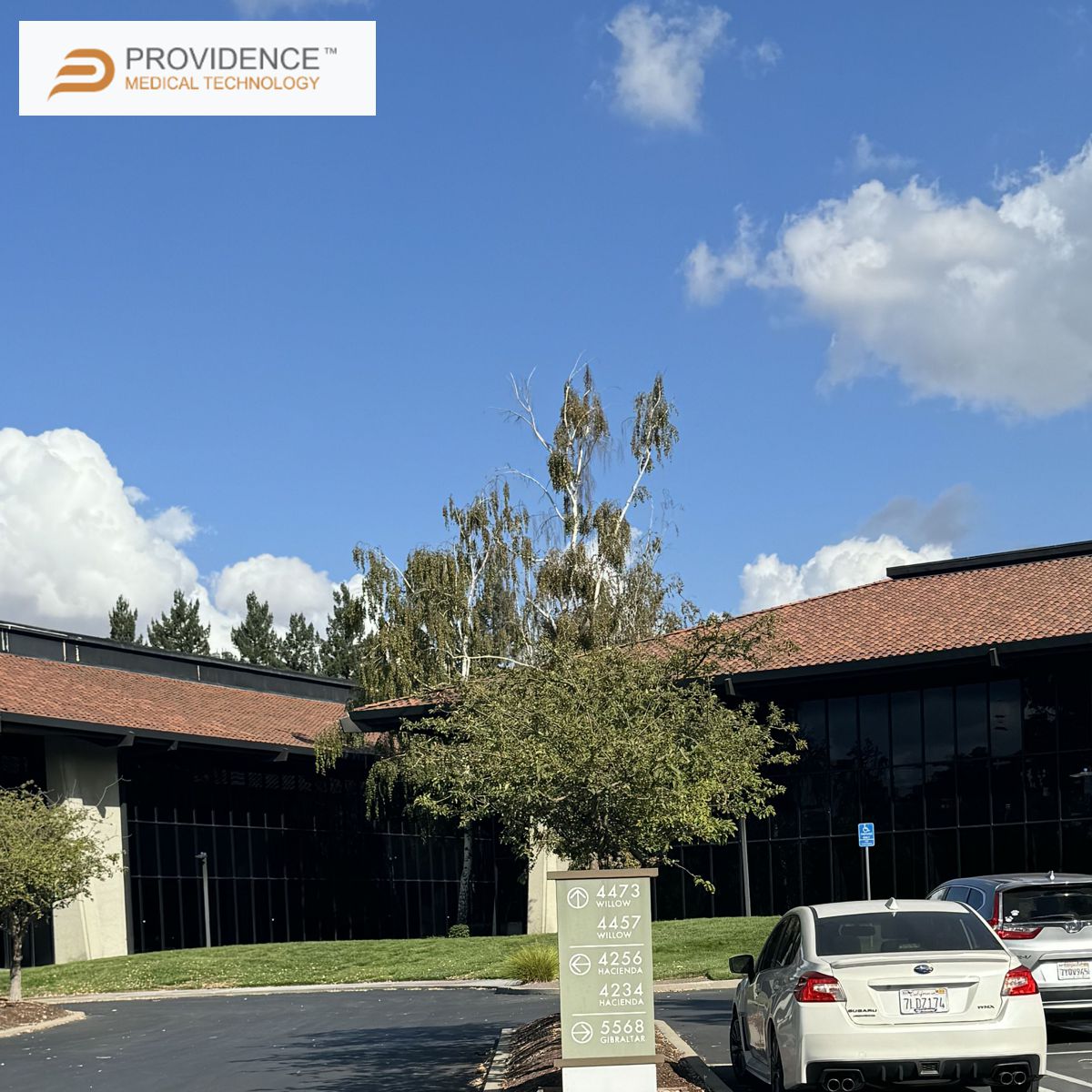Providence Medical Technology Announces Landmark Study Results
Providence Medical Technology Announces Landmark Study Results

Providence Medical Technology is a privately held medical device company focused on tissue-sparing solutions for cervical spinal surgery, which is intended to repair damage in a patient’s neck. The company develops innovative spinal fusion systems designed to improve long-term outcomes and reduce the need for costly revision procedures. Providence has pioneered a proprietary approach to posterior cervical fusion and has developed surgical instrumentation and implants that offer unique benefits to the $2 billion worldwide cervical spine market. Providence’s spine surgery solutions are approved at over 2,600 hospitals and facilities, with more than 20,000 cases performed.
In August, the company announced the publication of initial FUSE study results in Spine Journal, a leading journal for spine surgery. The FUSE study was conducted under FDA oversight as part of an Investigational Device Exemption (IDE) and formed the clinical basis for FDA clearance of the CORUS Posterior Cervical Stabilization System (PCSS) in July 2024. The initial results from the FUSE study demonstrate that tissue-sparing circumferential cervical fusion (CCF) delivered clinically superior 12-month composite fusion rates compared to anterior cervical discectomy and fusion (ACDF) alone. The study showed a nearly fourfold improvement in 12-month composite fusion rates and a more than tenfold reduction in subsequent revision surgeries.
The study results were published in a Spine article called Three-Level Anterior Cervical Discectomy and Fusion With or Without an Investigational Posterior Stabilization System Assessed Through 24 Months: A Multicenter Randomized Controlled Trial, and appeared in the September 1, 2025 issue of Spine. The publication represents the first peer-reviewed results from the FUSE IDE trial, which enrolled 227 patients across 18 U.S. sites and compared outcomes between standard three-level ACDF and ADCF with Providence's CORUS PCSS. Results demonstrated statistically significant improvements in the CCF arm in fusion success, safety, and the reduction of reoperation rates without adding procedural risk or recovery burden. Key findings published in Spine include superior fusion success at 12 months, fewer reoperations within 24 months, and improved composite safety.
"The publication of this randomized controlled trial in Spine represents a significant advancement in our understanding of multilevel cervical fusion," according to Dr. K. Brandon Strenge, lead author of the publication. "For the first time, we have Level I evidence demonstrating that supplementing three-level ACDF with minimally invasive posterior stabilization and fusion not only substantially improves fusion rates, but also drastically reduces the need for subsequent revision surgeries. This rigorously conducted study, with its comprehensive fusion criteria and inclusive patient population, provides critical new clinical evidence that reshapes how we approach multilevel cervical fusion cases, and how we improve outcomes in high-risk patients."
"The publication of the FUSE study in Spine represents a major milestone for the field of cervical spine surgery," notes Jeff Smith, CEO of Providence Medical Technology. "The science is clear: Tissue-sparing CCF with CORUS PCSS is safer, more effective, and more durable than ACDF alone in multilevel cervical fusion cases. As such, these results should prompt spine surgeons and payors alike to reconsider how we treat multilevel cervical DDD."
The CORUS PCSS system is FDA-cleared for use in up to three cervical levels. The system is designed to achieve posterior fixation with minimal disruption to muscle and soft tissue, Providence officials say. The system’s unique design enables stabilization across the facet joints through a posterior approach, avoiding the high morbidity associated with traditional open posterior fixation. Providence, which was officially founded in 2008, moved its worldwide headquarters to Hacienda in November 2017.
For more information about Providence Medical Technology, please visitwww.providencemt.com.




